Understanding Facial Pigment Resurfacing
Facial pigment resurfacing is a popular cosmetic procedure designed to improve the appearance of skin by addressing pigmentation irregularities such as age spots, sun damage, and uneven tone. This treatment utilizes advanced laser technologies and other dermatological techniques to remove damaged skin layers and stimulate collagen production. In this guide, we will explore what facial pigment resurfacing is, how it works, the various treatments available, candidacy criteria, potential risks, procedural expectations, and the outcomes patients can anticipate.
What Is Facial Pigment Resurfacing?
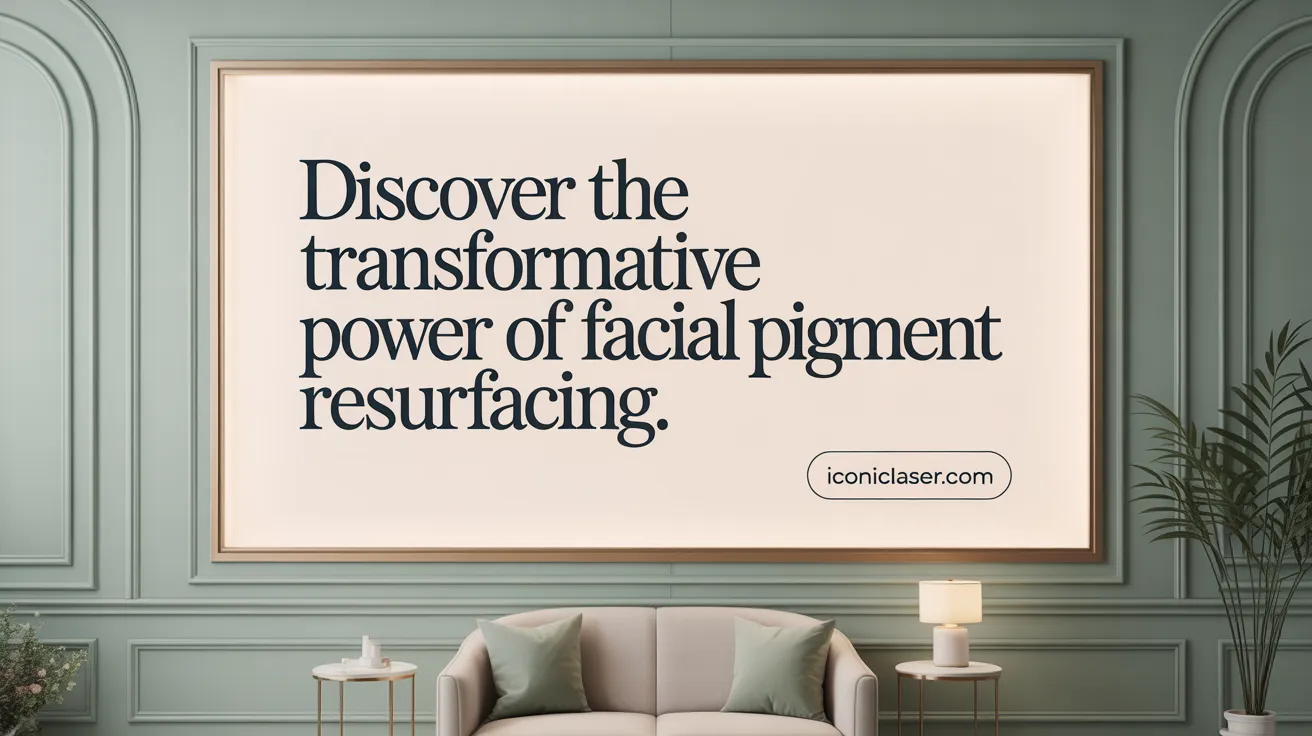
What is facial pigment resurfacing?
Facial pigment resurfacing is a cosmetic procedure designed to enhance the skin’s appearance by reducing uneven pigmentation, dark spots, and sun damage. It involves using advanced laser technology to target pigmented cells and promote skin renewal.
Purpose of the treatment
The primary goal is to create a more uniform skin tone, smoothing out discolorations and restoring a youthful glow. In addition to pigmentation issues, the treatment can also improve fine lines, scars, and overall skin texture.
Types of skin issues treated
This procedure effectively addresses various skin concerns, including:
- Age spots and sun spots
- Melasma and hyperpigmentation
- Fine lines and wrinkles
- Acne scars
- Uneven skin texture
- Sun-damaged skin
How laser resurfacing works
There are two main methods of laser skin resurfacing:
| Type | Description | Typical Results & Recovery | Additional Notes |
|---|---|---|---|
| Ablative | Removes outer skin layers and stimulates collagen production | Results seen over months, healing time up to 2 weeks | Best for deep pigmentation and wrinkles |
| Nonablative | Stimulates collagen without removing top skin layers | Gradual results, multiple sessions needed | Suitable for darker skin tones, less downtime |
Fractional lasers, a popular choice, create tiny columns of treated tissue, speeding up healing and reducing side effects.
Who benefits from facial pigment resurfacing?
Anyone seeking to improve their skin’s appearance by targeting pigmentation irregularities and signs of aging can consider this treatment. It’s especially effective for those with sun damage or uneven skin tone.
By carefully choosing the type of laser and treatment plan, patients can achieve smoother, brighter skin with long-lasting results, often after just a few sessions.
How Does Facial Pigment Resurfacing Work? Technologies Behind the Treatment
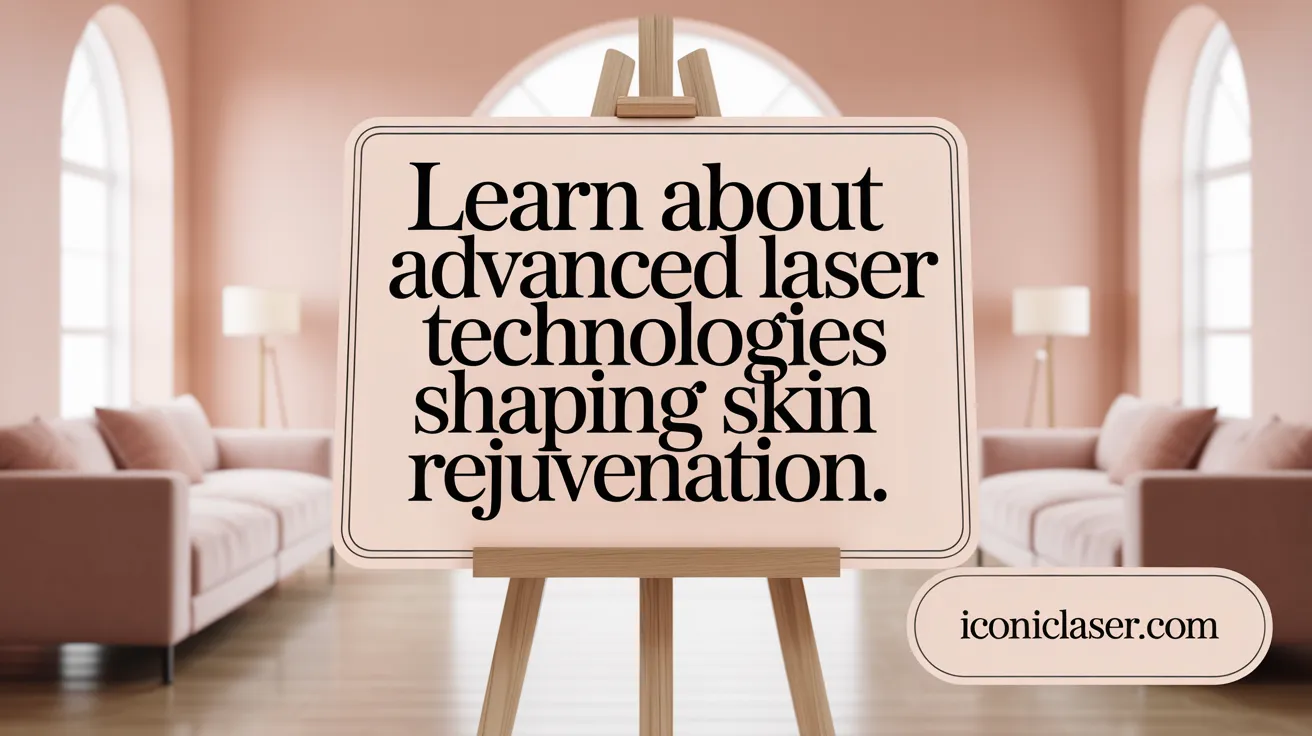
How does facial pigment resurfacing work and what technologies are used?
Facial pigment resurfacing is a popular procedure designed to improve skin tone and clarity by addressing discoloration, sun spots, and pigmentation irregularities. It works by using advanced laser technology to target pigmented skin cells selectively. The goal is to break down excess melanin or pigmented deposits in the skin, leading to a more even and natural skin tone.
The core mechanism involves controlled injury to the skin, which stimulates the body's natural healing process and encourages the growth of new, healthy skin. Over time, this process reduces the appearance of dark spots and uneven pigmentation.
Energy-based devices and lasers
The most common tools used are specialized lasers categorized into two main types: ablative and nonablative. Ablative lasers, like CO2 and Erbium YAG, work by vaporizing the outer layers of skin precisely, removing damaged cells and promoting new skin growth. This approach is effective for severe pigmentation issues but requires longer recovery periods.
Nonablative lasers, on the other hand, deliver heat or light energy deep into the skin without removing the surface layer. They stimulate collagen production and gradually lighten pigmentation, offering a gentler alternative with shorter downtime.
Other devices, such as intense pulsed light (IPL) systems, use broad-spectrum light to target pigmentation and vascular lesions effectively, with minimal invasive effects.
Ablative vs nonablative lasers
| Feature | Ablative Lasers | Nonablative Lasers | Main Benefits | Recovery Time | Typical Uses |
|---|---|---|---|---|---|
| How it works | Removes outer skin layers | Stimulates collagen without skin removal | Deep skin renewal, pigment removal | Up to 2 weeks | Severe pigmentation, scars |
| Effectiveness | High for deep pigmentation | Slight, gradual improvement | Intense, long-lasting results | Shorter, 1 week | Mild to moderate discoloration |
Other technologies like chemical peels and microdermabrasion
Chemical peels, ranging from light to deep types, help improve pigmentation by chemically exfoliating the surface skin. They can diminish dark spots and uneven tone, especially when combined with other treatments.
Microdermabrasion involves mechanically removing the outermost layer of skin with tiny abrasive crystals, providing a gentler approach to skin lightening and improved texture.
Overall approach
These therapies use precise, focused methods to remove or alter pigmented areas, revealing fresh, evenly pigmented skin underneath. The choice of treatment depends on skin type, severity of pigmentation, and desired recovery time. With consistent care and adherence to professional guidance, patients can expect notable improvements in skin clarity and a more youthful appearance.
Types of Facial Pigment Resurfacing Treatments

What are the different types of facial pigment resurfacing treatments?
Facial pigment resurfacing treatments are designed to improve skin tone, reduce discoloration, and address pigmentation issues like sun spots, age spots, and melasma. There are various approaches, each with its own mechanism and benefits.
One of the most common methods is laser resurfacing. This includes ablative lasers, such as CO2 and erbium lasers, which remove damaged outer skin layers and promote collagen growth. These lasers are effective for deep wrinkles, scars, and significant pigmentation problems, often requiring longer recovery times. Non-ablative lasers heat the deeper skin layers without removing the surface, offering gentler treatment with fewer side effects and multiple sessions needed for visible improvements.
Fractional laser resurfacing combines features of both, creating tiny columns of treated tissue that accelerate healing. These fractional lasers can be ablative or nonablative, providing effective targeting with less downtime.
Chemical peels involve the application of chemical solutions to exfoliate damaged skin layers. Light peels are suitable for mild pigmentation issues, while medium to deep peels can treat more stubborn discoloration but with longer recovery periods.
Microdermabrasion and dermabrasion are mechanical exfoliation techniques. Microdermabrasion gently removes the outermost layer of skin, improving superficial pigmentation and texture with minimal downtime. Dermabrasion is more invasive, involving deeper scraping of the skin, often used for more severe scarring and discoloration.
Microneedling creates tiny injuries in the skin to stimulate collagen and elastin production. It’s effective for treating uneven skin tone, scars, and pigmentation irregularities.
Another option is IPL (Intense Pulsed Light) therapy, which uses broad-spectrum light to target pigmentation problems such as sun spots, broken capillaries, and other superficial skin discolorations. It’s a non-invasive procedure with minimal downtime.
More recently, hybrid treatments like HALO combine ablative and non-ablative laser technologies to optimize results, addressing both superficial and deeper pigmentation concerns effectively.
| Treatment Type | Method | Suitable For | Recovery Time |
|---|---|---|---|
| Ablative Laser Resurfacing | Removes outer skin layers with focused laser | Deep scars, deep wrinkles, prominent pigmentation | 4-6 weeks |
| Nonablative Laser Resurfacing | heats dermis without removing skin surface | Mild-to-moderate discoloration, skin rejuvenation | Multiple sessions, shorter |
| Chemical Peels | Chemical solutions exfoliate skin layers | Mild pigmentation, age spots, uneven skin tone | A few days to weeks |
| Microdermabrasion | Mechanical exfoliation of outer skin | Superficial pigmentation, fine lines | 24 hours to a few days |
| Dermabrasion | Deeper mechanical removal of skin surface | Severe discoloration, scars | 1-2 weeks |
| Microneedling | Tiny injuries stimulate collagen production | Pigmentation irregularities, scars, fine lines | Several days to a week |
| IPL Therapy | Broad-spectrum light targets pigmentation | Sun spots, vascular lesions, mild pigmentation | Minimal downtime |
| Hybrid (HALO) | Combines ablative and non-ablative lasers | Multiple skin concerns, pigmentation issues | About a week or less |
Each of these treatments can significantly improve skin appearance, but the choice depends on the specific pigmentation problem, skin type, and desired downtime. Consulting with a qualified dermatologist or cosmetic specialist is essential to develop a personalized treatment plan.
Benefits and Goals of Facial Pigment Resurfacing
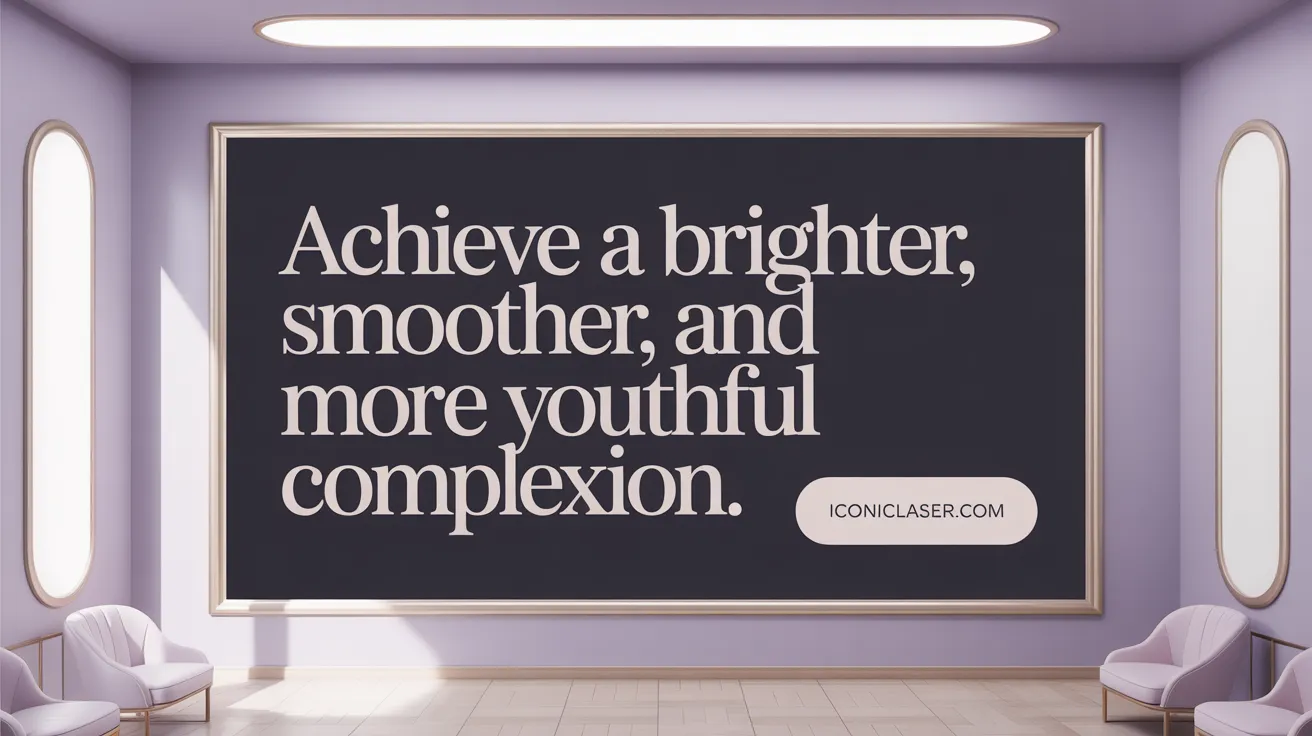 Facial pigment resurfacing is a popular skin treatment aimed at improving the overall appearance and health of the skin. One of its main benefits is the reduction of pigmentation irregularities. This includes fading age spots, sun spots, melasma, and other discolorations caused by sun damage or hormonal changes. As a result, patients often see a more uniform and radiant skin tone.
Facial pigment resurfacing is a popular skin treatment aimed at improving the overall appearance and health of the skin. One of its main benefits is the reduction of pigmentation irregularities. This includes fading age spots, sun spots, melasma, and other discolorations caused by sun damage or hormonal changes. As a result, patients often see a more uniform and radiant skin tone.
Beyond just addressing pigmentation, this procedure helps enhance skin texture and elasticity. It smooths fine lines, shallow scars, and uneven skin surfaces, giving the skin a softer, more refined feel. Collagen stimulation plays a significant role here, as the laser energy encourages the growth of new collagen fibers that tighten and firm the skin.
Another important goal is to promote skin tightening. As collagen production increases, skin becomes more resilient and less prone to sagging. Pore size may also decrease, which contributes to a smoother complexion. Moreover, pigment resurfacing can diminish visible blood vessels, redness, and broken capillaries, helping achieve clearer and more uniform skin.
Overall, these treatments offer a range of benefits—from correcting specific skin concerns to boosting overall skin health. Patients often experience a refreshed, youthful appearance, and improved confidence thanks to the vibrant, evenly toned skin they attain. The procedure is a step toward a more radiant, rejuvenated look, making it a favored choice among those seeking non-invasive skin revitalization.
What to Expect During the Facial Pigment Resurfacing Procedure

Pre-treatment preparation
Before undergoing facial pigment resurfacing, patients should have a thorough consultation to evaluate their skin health and discuss their medical history. This includes assessing skin type, examining areas with hyperpigmentation or scars, and possibly taking photographs for baseline documentation. Patients are advised to avoid sun exposure, tanning, and certain medications that can increase skin sensitivity. Using antiviral medications may be recommended to prevent herpes outbreaks, especially for those prone to cold sores. Skin preparation also involves stopping smoking and applying protective measures to ensure optimal healing.
Treatment steps and anesthesia
The procedure begins with cleansing the skin to remove makeup, dirt, and oils. Depending on the laser type, local anesthetic or topical numbing agents are applied to minimize discomfort. For more invasive treatments, sedation might be provided. The laser device is then carefully directed over the targeted skin areas; ablative lasers remove damaged outer layers, while nonablative lasers heat the dermis to stimulate collagen growth without skin removal. The process typically lasts from 30 minutes to two hours, varying based on the area size and treatment intensity.
Patient sensations during the procedure
During the laser application, patients might feel a sensation akin to warmth, stinging, or tingling. Ablative treatments can produce more intense burning or snapping sensations due to skin vaporization, whereas nonablative procedures are generally more tolerable. Some patients experience slight discomfort but most remark that it is manageable with local anesthetics. The skin may become visibly red and tender during the treatment, and the practitioner may use cooling devices or air spray to improve comfort.
Immediate post-procedure effects
Following the treatment, the skin often appears red, swollen, and may feel sore or itchy. Crusting, peeling, or oozing can occur within the first few days. Patients are advised to keep the skin moist with ointments such as Vaseline or Aquaphor and to limit sun exposure. It’s normal for the skin to remain sensitive for several days to a week. Swelling and redness usually peak within the first 24 to 48 hours but gradually diminish. Mild discomfort or tenderness might persist during the initial recovery phase.
Typical session duration
A single session of facial pigment resurfacing generally takes between 30 minutes and two hours. The exact duration depends on the size of the area treated and the laser technology used. For optimal results, multiple sessions—often between 1 to 3 treatments—may be recommended, spaced several weeks apart. The total treatment plan is tailored to the patient's skin condition and goals, with consistent follow-up to monitor healing and outcomes.
Risks and Considerations for Facial Pigment Resurfacing
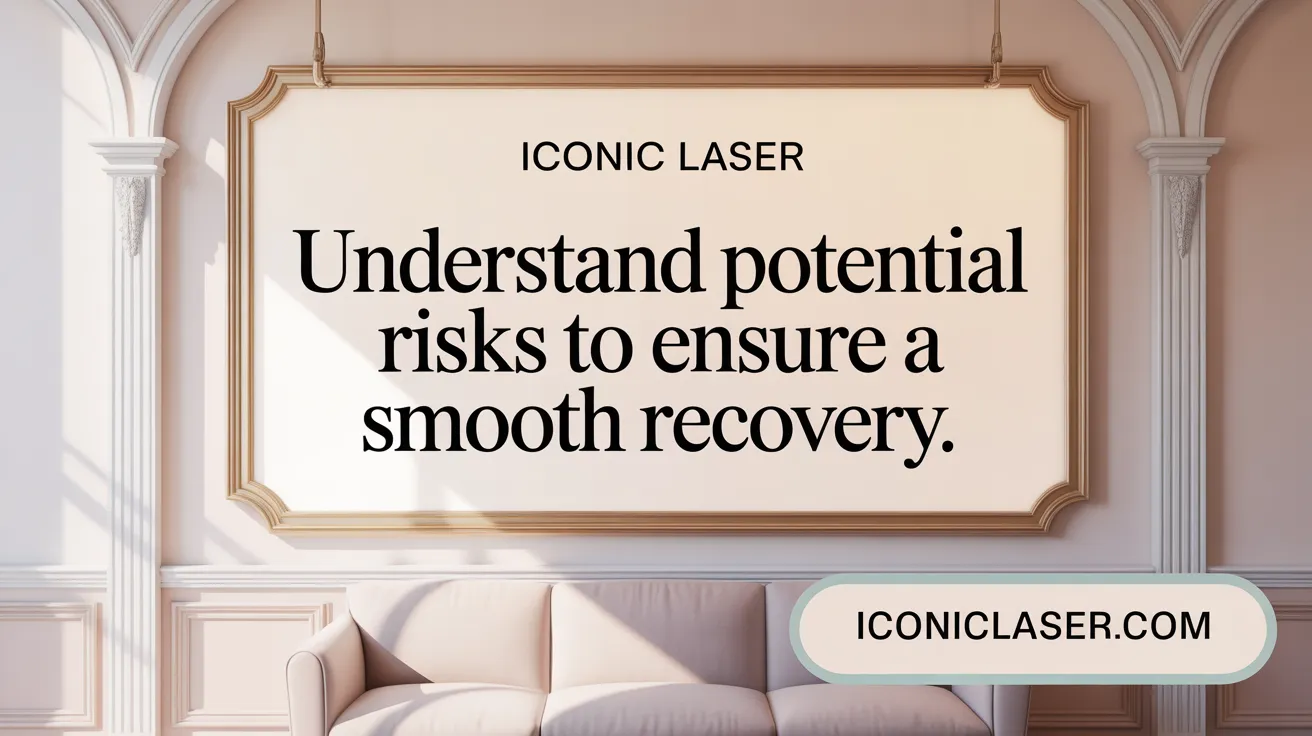
What are the risks and considerations associated with facial pigment resurfacing?
Facial pigment resurfacing is an effective treatment for improving skin tone and texture, especially for Hyperpigmentation, sun damage, and scars. However, it involves certain risks that patients need to be aware of before proceeding.
One of the most common concerns is skin pigmentation changes. The procedure can cause temporary or, less frequently, permanent alterations in skin color. This includes hyperpigmentation (darkening) or hypopigmentation (lightening), which occur due to laser-induced damage to melanin-producing cells called melanocytes. These pigmentation changes are more common in individuals with darker skin tones or when laser settings are improperly adjusted.
Other potential risks include redness, swelling, and irritation post-treatment. These symptoms can last from a few days to several weeks but are usually manageable with appropriate skincare. In some cases, prolonged redness or contact dermatitis may develop, particularly if the skin is exposed to irritants or sun without protection.
Scarring is a rare but serious complication that can occur if the skin does not heal properly or if the procedure is performed excessively aggressive. Infection is another concern, especially if wound care instructions are not followed. Reactivation of herpes simplex virus, particularly around the lips, is a significant risk in patients with a history of cold sores. Prophylactic antiviral medication is often recommended for these individuals to prevent outbreaks.
Burns and delayed wound healing are possible, especially with deep or improperly guided laser treatments. Allergic reactions to topical medications or ointments used during or after the procedure can also occur.
To reduce these risks, thorough patient assessment by a qualified professional is necessary, including evaluating skin type and history of cold sores or skin conditions. Proper laser parameters suited to the patient's skin is critical. Post-procedure wound maintenance with gentle cleansing, moisturizing, strict sun avoidance, and use of prescribed medications helps ensure optimal healing.
Monitoring during and after treatment is essential for early detection and management of any adverse effects. Clear communication about realistic outcomes, risks, and comprehensive pre- and post-care instructions can significantly enhance safety and satisfaction.
Who Is a Suitable Candidate for Facial Pigment Resurfacing?
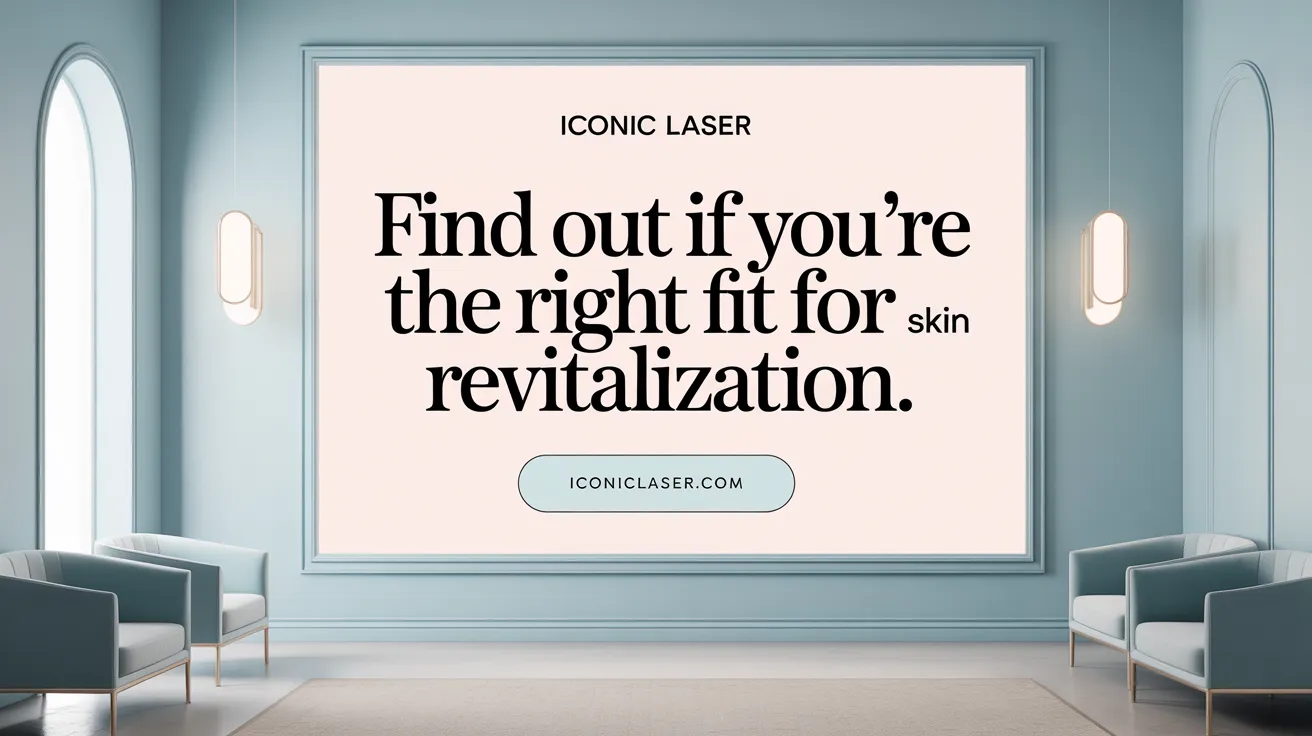
Ideal skin conditions and concerns
Candidates for facial pigment resurfacing usually seek treatment for pigmentation irregularities such as age spots, sun damage, and brown spots. They may also have uneven skin tone, fine lines, and signs of premature aging. These treatments are effective in rejuvenating dull, damaged, or pigmented skin, helping to restore a more uniform complexion.
Health considerations and contraindications
It is important for individuals to be in good overall health before undergoing facial pigment resurfacing. Those with active skin infections, such as cold sores or bacterial infections, should wait until these conditions are resolved. People with active acne or very inflamed skin are generally advised to postpone treatment. Additionally, candidates should avoid medications that increase photosensitivity, like certain antibiotics, and should inform their clinician of any health issues.
Skin types and pigmentation issues
While laser resurfacing can be effective across many skin tones, individuals with very dark skin or excessive pigmentation may face a higher risk of hyperpigmentation or hypopigmentation. Therefore, a thorough skin assessment is essential to tailor treatment plans appropriately. Patients with lighter to medium skin tones typically experience better results with fewer risks.
Setting realistic expectations
Candidates should have clear, realistic expectations about the outcomes. Laser resurfacing can improve skin tone, reduce pigmentation, and diminish fine lines, but it may not completely erase deep scars or severe sagging. Multiple sessions may be necessary for optimal results, and ongoing skin care and sun protection are crucial to maintain improvements.
Suitable candidates are those motivated to follow pre-treatment preparations, such as sun avoidance and skin conditioning, and post-treatment care, including diligent sun protection and moisturizing routines. A detailed consultation with a qualified skincare professional ensures that patients understand potential risks and benefits before proceeding.
Expected Results and Long-Term Outcomes
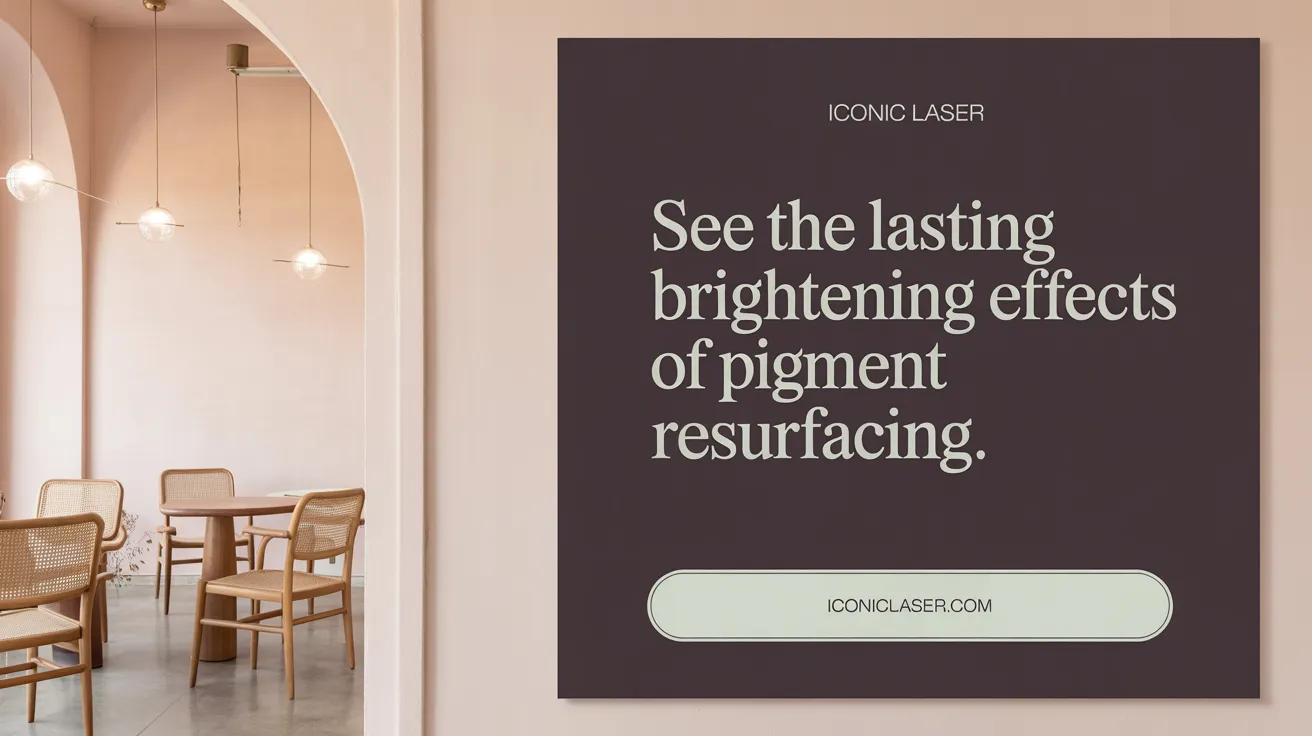
What results and outcomes can be expected from facial pigment resurfacing?
Facial pigment resurfacing offers remarkable improvements in the skin's appearance. It helps reduce uneven pigmentation, dark spots, and sun damage, giving the skin a more uniform and brighter tone. Patients typically see a smoother skin surface, diminished fine lines, wrinkles, and scars, resulting in a more youthful and refreshed look.
Depending on the type of laser used—such as ablative, non-ablative, or fractional—the results can be immediate, with continued enhancements over the following months. Many patients report a visible increase in skin firmness and elasticity, along with a reduction in discolorations that had previously mottled their complexion.
The overall outcome is healthier, clearer skin that can last for several years when supported by proper skincare and sun protection. While some redness and sensitivity are common during the healing process, long-term benefits generally include more consistent skin tone, improved texture, and a more radiant facial appearance.
Innovations and Advances in Facial Pigment Resurfacing
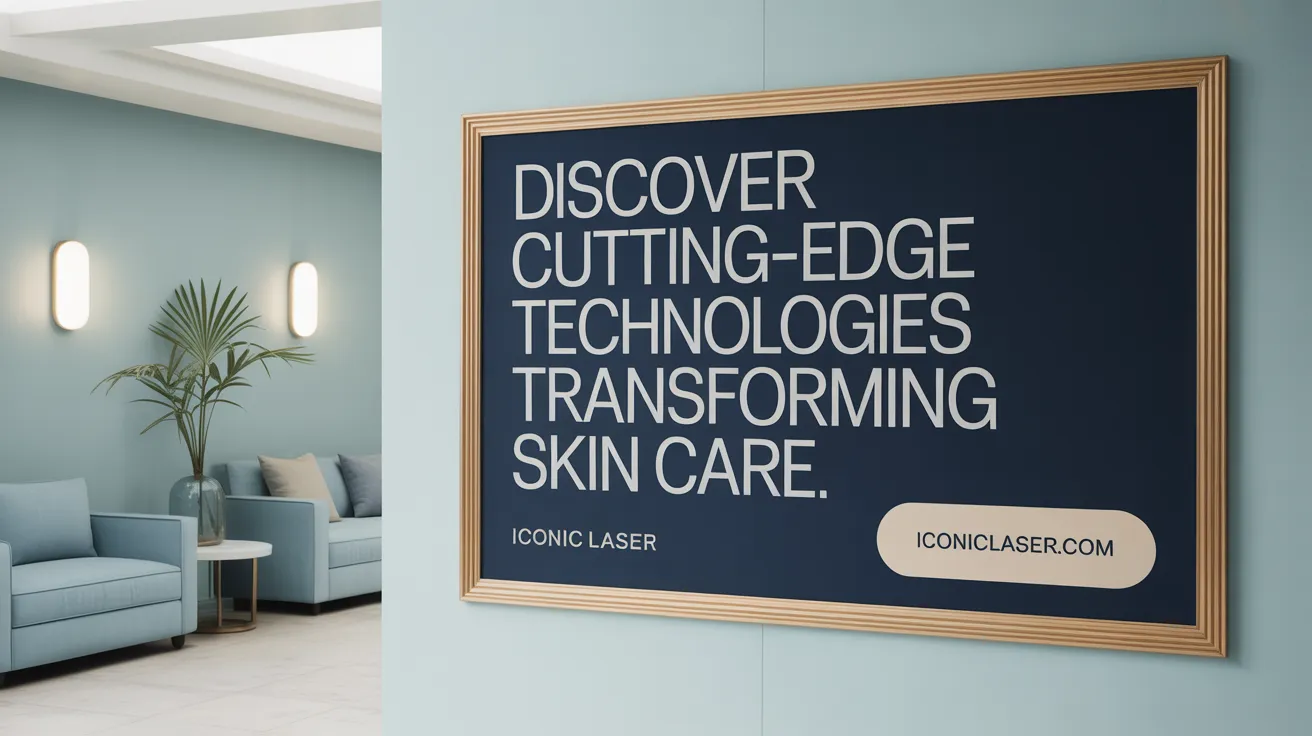
Hybrid Laser Technologies
Recent advances in laser resurfacing have introduced hybrid laser systems like HALO, which combine ablative and non-ablative technologies. This approach offers the benefits of deep skin renewal along with gentler surface treatment, improving outcomes for a wider range of skin types. HALO effectively treats pigmentation irregularities, scars, and fine lines, with minimal downtime and optimal safety.
Fractional Laser Treatments
Fractional laser technology revolutionizes skin resurfacing by treating only small, microscopic sections of skin at a time. This technique accelerates healing, reduces side effects, and shortens recovery periods.
| Type of Fractional Laser | Usage | Advantages | Recovery Time |
|---|---|---|---|
| Fractional Ablative | Deep scars, deep wrinkles | Significant skin regeneration | Around 1-2 weeks |
| Fractional Nonablative | Fine lines, pigmentation | Fewer side effects | About 1 week |
Both types are popular for their targeted approach, delivering effective results with fewer risks.
NanoLaserPeel and MicroLaserPeel
NanoLaserPeel and MicroLaserPeel are precision laser treatments that remove the superficial skin layer. NanoLaserPeel targets only the outermost skin, ideal for superficial pigment issues and fine lines. MicroLaserPeel removes a slightly thicker layer for more noticeable texture improvement.
These procedures are minimally invasive, require only brief recovery, and are suitable for treating mild pigmentation and early aging signs.
Microfractional RF Resurfacing
Emerging as a non-laser option, microfractional radiofrequency (RF) devices use radio waves to stimulate collagen production through tiny microchannels in the skin. This treatment is safe for all skin tones, including darker skin, and offers long-term benefits.
It is particularly effective for skin tightening, tone improvement, and reducing scars or pigmentation with minimal discomfort and downtime.
Personalized Treatment Plans
Advances in facial pigment resurfacing emphasize customization. Treatments are tailored based on individual skin type, specific concerns, and desired outcomes. Planning often involves pre-treatment skin assessments, photographic documentation, and strategizing multi-session plans to achieve optimal results.
Patients benefit from a combination approach, utilizing different technologies to target various skin issues more comprehensively, ensuring safer procedures and better long-term skin health.
| Innovation | Benefit | Suitable For | Typical Session Count |
|---|---|---|---|
| Hybrid lasers (HALO) | Deep and surface rejuvenation | All skin types | 1-3 sessions |
| Fractional lasers | Targeted treatment, quick healing | Scars, wrinkles | 1-3 sessions |
| NanoLaserPeel & MicroLaserPeel | Superficial skin renewal | Pigmentation, fine lines | 1 session |
| Microfractional RF | Collagen and skin tightening | All skin tones | 1-5 sessions |
These technological strides continue to expand the possibilities for safe, effective, and personalized facial pigment resurfacing, helping patients achieve brighter, firmer, and more youthful skin.
Transforming Your Skin with Facial Pigment Resurfacing
Facial pigment resurfacing represents a versatile and effective approach to correcting pigmentation irregularities and revitalizing the skin's overall appearance. Harnessing cutting-edge laser and exfoliation technologies, this treatment can dramatically improve skin tone, texture, and elasticity while stimulating natural collagen production. Though there are potential risks, careful candidate selection and rigorous pre- and post-procedure care help ensure safe and satisfying outcomes. Whether using ablative lasers for deeper renewal or nonablative and fractional techniques for gentler results, individuals can achieve clearer, smoother, and more youthful skin. With ongoing innovations expanding options and improving comfort and recovery, facial pigment resurfacing remains a cornerstone treatment for those seeking radiant, rejuvenated complexions.
References
- Laser resurfacing
- Laser Skin Resurfacing
- Skin Resurfacing Treatments | ABCS
- Laser Skin Resurfacing and Other Rejuvenation Treatments
- Hyperpigmentation Treatment: Acids, Peels, Lasers, and ...
- Fully Ablative CO2 Laser Resurfacing Treatment
- Laser Resurfacing - UNC Center for Facial Aesthetics
- Resurfacing Facial Benefits and Results
- Laser Skin Resurfacing | Cosmetic and Plastic Services
